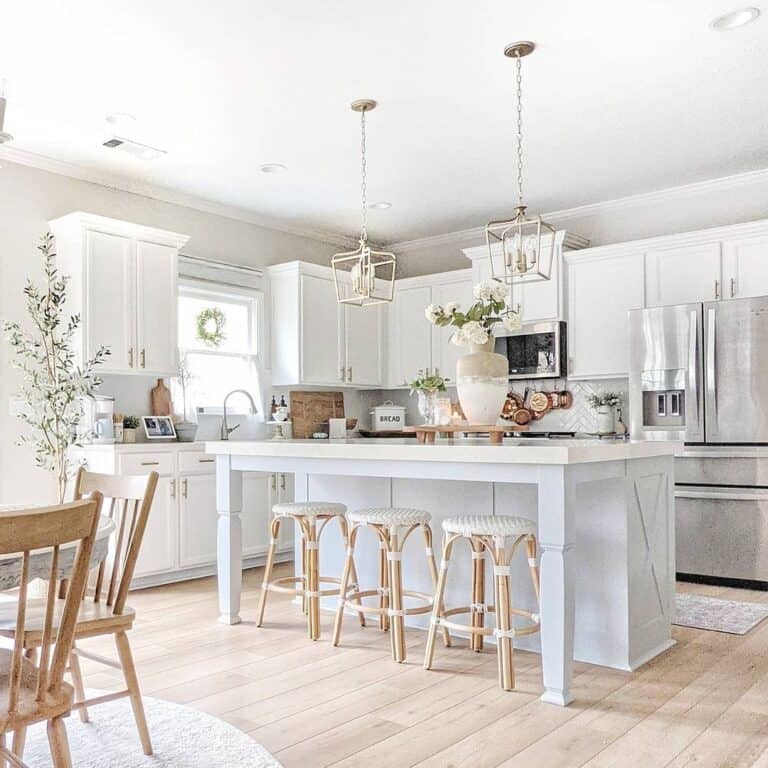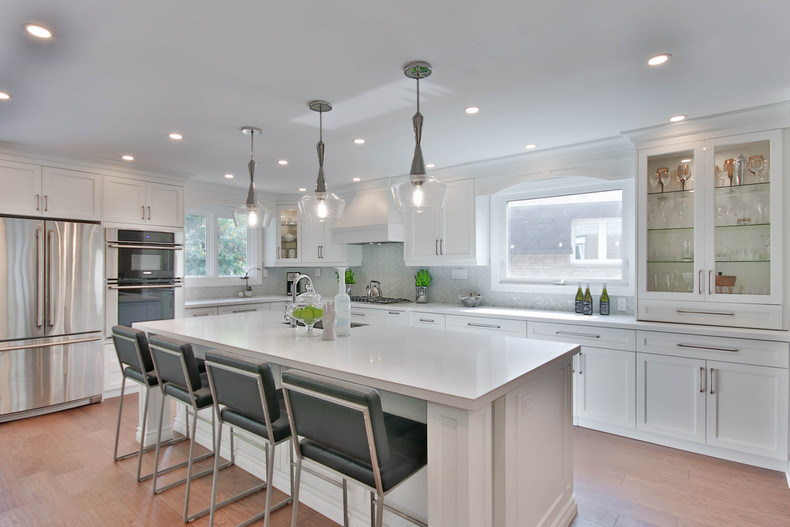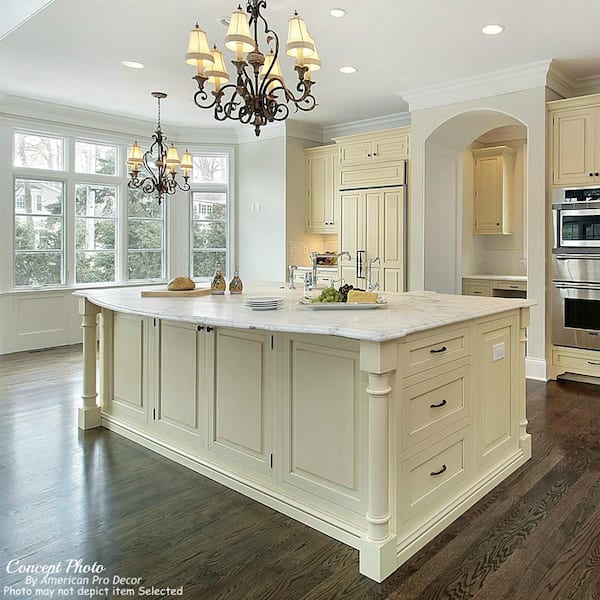Create a Sensational Prime Focus with Classy Legs For Kitchen Island
Create a Sensational Prime Focus with Classy Legs For Kitchen Island
Blog Article
Crucial Variables to Take Into Consideration When Picking Legs For Cooking Area Island
Choosing the proper legs for a kitchen area island includes a careful assessment of numerous aspects that can substantially influence both functionality and visual allure. Among these, the choice of product plays an essential role in making certain durability, while the layout needs to complement the existing decor. Considerations such as elevation and weight support are important for security and comfort. As we discover these aspects, it becomes clear that each choice can have far-reaching effects for the general cooking area experience. What nuances should be considered in each of these classifications to achieve the excellent balance?
Material Options
When selecting legs for a cooking area island, recognizing the various material alternatives is essential for accomplishing both visual charm and structural honesty (Legs For Kitchen Island). The selection of material considerably affects not just the durability of the island however likewise its general layout and capability
Metal legs, typically made from stainless steel or wrought iron, contribute a modern and commercial feel while ensuring resilience and security. These products are resistant to wear and can sustain significant weight, making them optimal for larger islands.
Another choice is engineered products, like MDF or plywood, which can be a lot more cost-effective while still supplying a series of surfaces. Nonetheless, they might not supply the very same level of security as solid wood or steel. Materials such as acrylic or glass can create a modern look, though they may call for additional assistance to ensure security.
Ultimately, the option of material for cooking area island legs ought to straighten with the desired performance and the overall style of the kitchen.
Style and Layout

When taking into consideration style, the form and finish of the legs are crucial. Conical legs can provide a sense of lightness and beauty, while thicker, much more robust legs can communicate toughness and stability. Additionally, the finish-- be it repainted, discolored, or all-natural-- should match the cabinets and countertop products to create a unified look.
Moreover, the style of the legs can additionally reflect personal preference. Customized or attractive legs, such as those featuring elaborate makings or special geometric shapes, can offer as focal points, including character and character to the cooking area. Eventually, the right choice will not only improve capability but also raise the aesthetic allure, making the kitchen island a standout function of the home.
Height Factors To Consider
Choosing the ideal height for cooking area island legs is essential, as it directly impacts both capability and convenience. The conventional elevation for a kitchen area island commonly ranges from 36 to 42 inches, straightening with typical counter top heights.

It is likewise necessary to represent customers' heights and preferences. Tailoring the height can ensure a comfy experience for all member of the family, making the kitchen island an extra functional and delightful space.
Weight Assistance
Guaranteeing adequate weight support for kitchen island legs is crucial for both safety and capability. The kitchen island usually serves numerous functions, including cooking, dining, and added storage space, necessitating a durable assistance structure. When picking legs, it is critical to take into consideration the total weight capability needed based upon the island's planned use and the materials that will certainly be put on it.
The choice of product for anchor the legs plays a substantial duty in their weight-bearing abilities. Solid timber, metal, and durable composites normally supply premium stamina contrasted to lighter materials. Furthermore, the style of the legs-- whether they are directly, tapered, or have a pedestal kind-- can influence their capacity to distribute weight efficiently throughout the structure.
Moreover, the leg placement should be tactically planned to boost security. Legs placed at the corners or with a wider base can better support much heavier tons. Constantly seek advice from the producer's specs regarding load limits to guarantee that the legs can sustain the intended weight without compromising safety. In recap, picking cooking area island legs with ample weight assistance is necessary for producing a risk-free and practical cooking area.
Installation and Upkeep
Appropriate installation and upkeep of kitchen island legs are essential for making sure longevity and security. To start, it is important to follow the supplier's guidelines throughout installation. This commonly involves safeguarding the legs to the island base utilizing appropriate fasteners, making certain that the legs are level and lined up. Utilizing a level device can help avoid tottering and enhance the general visual appeal of the kitchen area island.
When set up, normal upkeep is necessary to preserve the integrity and look of the legs - my blog Legs For Kitchen Island. For wood legs, periodic cleaning with a damp fabric and application of appropriate timber gloss can stop dampness damages and keep go to the website their coating. Steel legs might call for a mild cleansing solution to remove oil and grime, adhered to by a dry cloth to avoid rust formation
Furthermore, examine the legs routinely for signs of wear or damages, such as cracks or loosened joints. Tightening screws or screws as needed can additionally extend the lifespan of the legs. By sticking to these installation and upkeep practices, home owners can guarantee that their kitchen island stays tough and visually appealing for years to find.
Conclusion

Visual comprehensibility is paramount in choosing the design and layout of legs for a cooking area island, as these elements considerably affect the total ambiance of the space. Tapered legs can offer a feeling of agility and style, while thicker, more robust legs can convey stamina and stability.Selecting the proper elevation for cooking area island legs is crucial, as it directly impacts both functionality and comfort. In summary, selecting kitchen island legs with adequate weight support is important for producing a risk-free and practical culinary space.
In conclusion, picking legs for a cooking area island demands mindful factor to consider of numerous aspects, consisting of material options, style, elevation, weight assistance, and setup.
Report this page